Camu Camu
Camu camu is a small bushy tree found at the river side of Amazon rainforest. It bears a small cherry-like fruit of the same name. Camu camu has the highest natural Vitamin C than any other fruit in the world. This fruit from the back waters of Amazon rainforest has various health, cosmetic and edible benefits.
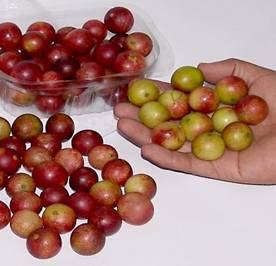
Camu Camu
Table Of Content
Camu Camu Scientific Name
The scientific name for camu camu is Myrciaria dubia.
General Names
It is also known as Cacari, Camucamu and Camocamo. Sometimes known as bayberry fruit, rumberry, guavaberry, mirto, murta, mijo, mije, coco-carette etc.
Camu Camu Description
Camu camu is a small bush that grows to a height of about 7 to 10 feet. It bears a fruit of the same name which has a dark reddish or purplish skin with a yellow pulp. The fruit is just the size of a large grape of approximately 20 millimeters in diameter. The tree produces small white flowers and the petals are waxy and have a very sweet aroma. It has an evergreen feathery leaves.
Camu Camu Range
Camu camu is native to the South American Rainforest in Peru and Brazil. They grow mainly in the swampy and flooded areas near the flood plains.
Camu camu is distributed along the lowlands of Amazon. It is widely available in Columbia, Peru, Brazil, Ecuador and Bolivia. In Brazil, it is available along the river banks of Urupa and Macangana rivers, Manaus and Manacapuru and Medeira and Negro Rivers.
Camu Camu Tree
Camu camu is mostly cultivated for its edible fruit. This plant is very tolerant to floods. Since they grow in the flood plains, the root of the plant and even the aerial parts are submerged inside the water for more than 4 to 5 months. Each year the flood carries along the nutrients and deposits it in the flood plain. Hence the cultivation of camu camu is of a great social and economic importance to the Amazon ecosystem.
The shrub starts bearing fruit with 3 to 4 years. The fruits are harvested once in a year according to the precipitation cycle. The plant flowers during the dry season and gets ready for harvest during the rainy season.
Camu Camu Properties
- Anti-Inflammatory
- Antioxidant
- Astringent
- Emoliente
- Natural Slimming
- Anti-Migraine
- Anti-Depressant
- Anti-Viral
- Nutritive
Camu Camu Traditional Uses
The benefits of Camu camu were known to the native healers and herbalists. Camu camu were traditionally made into a juice, it was recommended for overall health, to support the immune system, to keep viral infections away and were taken in conditions of stress and anxiety. It also promoted healthy skin, gums, eyes, nails and functioning of the nervous system and heart.
Camu Camu Nutritional Amount
The nutritional amount in 100g serving of Camu camu is as follows:
| Fat: 2.62g | Carbohydrate: 92.71g | Minerals | Vitamins |
| Fiber: 0.76g | Glucose: 18.33g | Calcium: 4.27mg | Vitamin C: 7.49g |
| Protein: 1.55g | Maltose: 22.27g | Iron: 0.94mg | Vitamin B1: 0.07mg |
| Sucrose: 18g | Potassium: 9.71g | Vitamin B2: 0.16mg | |
| Lactose: 0.47g | Phosphorous: 35.14mg | Niacin: 8.25mg | |
| Starch: 58.07g |
Camu Camu Nutritional Benefits
Camu camu has an extremely high content of naturally occurring Vitamin C. It is extremely acidic and has thirty times more Vitamin C than Orange. It is rich in Iron, Niacin, Phosphorous and Riboflavin. It is a natural source of potassium amino acids and minerals. Each of these minerals is beneficial for optimal health.
Vitamin C: Vitamin C is essential for proactive maintenance of a health body. Camu camu fruit contains the highest amount of Vitamin C than any other fruit. It is better than artificial Vitamin C as the naturally occurring Vitamin C is easily absorbed by the body. Vitamin C has antioxidants which prevent premature aging of cells. It supports the immune system, promotes good skin, gums, eyes and cardio vascular health.
Calcium, Iron, Potassium and Phosphorous: essential for a healthy heart, sharp mind, supports the nervous system and overall energy in the body.
Serine: supports healthy nervous system which promotes healthy functioning of the brain.
Leucine: essential in the production of growth hormones.
Limonene: camu camu powder is used in the weight loss programs. Limonene reduces appetite and therefore helps in weight loss.
Riboflavin, Beta-carotene and niacin: it has natural drug free, anti-toxic and anti-depression element. It has helped combat depression. Also promotes healthy hair, skin and nails.
Camu Camu Health Benefits
- Helps to improve immune system
- Helps in reducing inflammation
- Helps to maintain good eyesight
- Helps in warding off viral infection
- Helps in maintaining respiratory health
- Supports ligament and tendons
- Helps improve mental health as anti-depression
- Helps maintain healthy blood circulation
- Helps in detoxifying the body, especially the liver
- Helps in blood formation
Camu Camu Cosmetic Uses
- Whitening
- Anti-aging
- Natural anti-oxidant
- It is used in Brazil as a product that helps untangle and strengthen hair. Used in shampoos and hair products to add vitality and shine to the hair.
Camu Camu Food and Beverage Uses
- Had a reddish color pigmentation which provides an attractive color in juices.
- Recently, camu camu has been used in preparation of ice-creams, candies and sweets.
- The bark and stem of the plant are used in tea which is said to provide relief for diabetes.
- The pulp of the camu camu berries are used to produce juice, jam, nectar, yogurt etc
- The fruit is eaten as food
Camu Camu Other Uses
- The shell of a ripe camu camu berry has a high concentration of anthocyanin pigment; they can be used for making dyes.
Camu Camu Powder
Camu camu berries are grounded into a fine powder which has a light tan color. A pound of camu camu powder requires 15 pounds of camu camu berries. A pound of this powder has 13 to 16% vitamin C by weight. Thus, just a teaspoon of this powder mixed in juice or just water provides a powerful anti-oxidant boost. However, it is always suggested to take medical advice before consuming it.
Camu Camu Oil
Camu camu oil is extracted from the camu camu fruit. This light weight oil is used for cosmetic purpose, especially as a leave on conditioner for hair.
- Helps in preventing split ends
- Provides shine and vitality
- Helps in revitalizing damaged hair
- Protect the hair from thermal damage
Camu Camu Sustainability
Camu camu trees are productive for several years. The wild trees have had a yield of about 12 kgs, however, with the improved horticulture and fertilization, the yield of the camu camu has improved. In Peru, government provides free camu camu seeds to the forest dwelling natives so that they can plant and harvest them. The Amazonian rainforest natives have started to grow camu camu in a commercial scale so that it has a social and economic balance. They can create a sustainable economy and at the same time carry on with their traditional planting of the camu camu tress without destroying the ecosystem. Recent days Japan imports almost the entire harvest of Camu camu berries making it almost rare commodity in Amazon.
Camu Camu Side Effects
Since camu camu has the highest Vitamin C content than any other fruit, hence, over consumption of these can cause problem in digestion and may cause diarrhea. The dozes of camu camu powder or tablets recommended by doctor should not be exceeded. Camu Camu helps in the production of serotonin. However excess serotonin causes side effects like, lack of sleep, vomiting, loss of appetite and nausea. Excess of anything would have side effects; similarly, too much Vitamin C in the body can lead to iron poisoning. Over doze of Camu Camu may lead to high metabolic and heart activity.
Camu Camu Conservation Status
Over-harvesting may lead to making camu camu plant an endangered species. Efforts are made to provide a sustainable cultivation of the camu camu berries.
Camu Camu Pictures
Take a some delicious images of these fruits:
Reference:
https://www.webmd.com/vitamins/ai/ingredientmono-1243/camu-camu
http://www.purewellbeing.com/contents/en-uk/d100.html
http://www.camucamu.us/#traditional
https://wholeworldbotanicals.com/wp-content/uploads/2019/04/Royal-Camu-trifold.pdf
https://www.health.com/food/camu-camu-benefits
- by Bebaychna Rai
- November 30th 2011

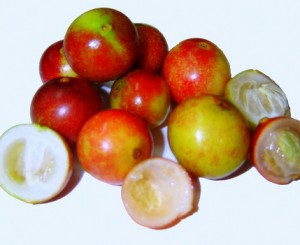
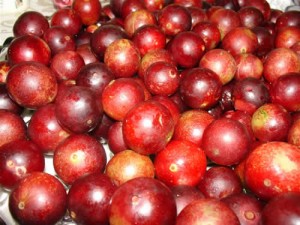

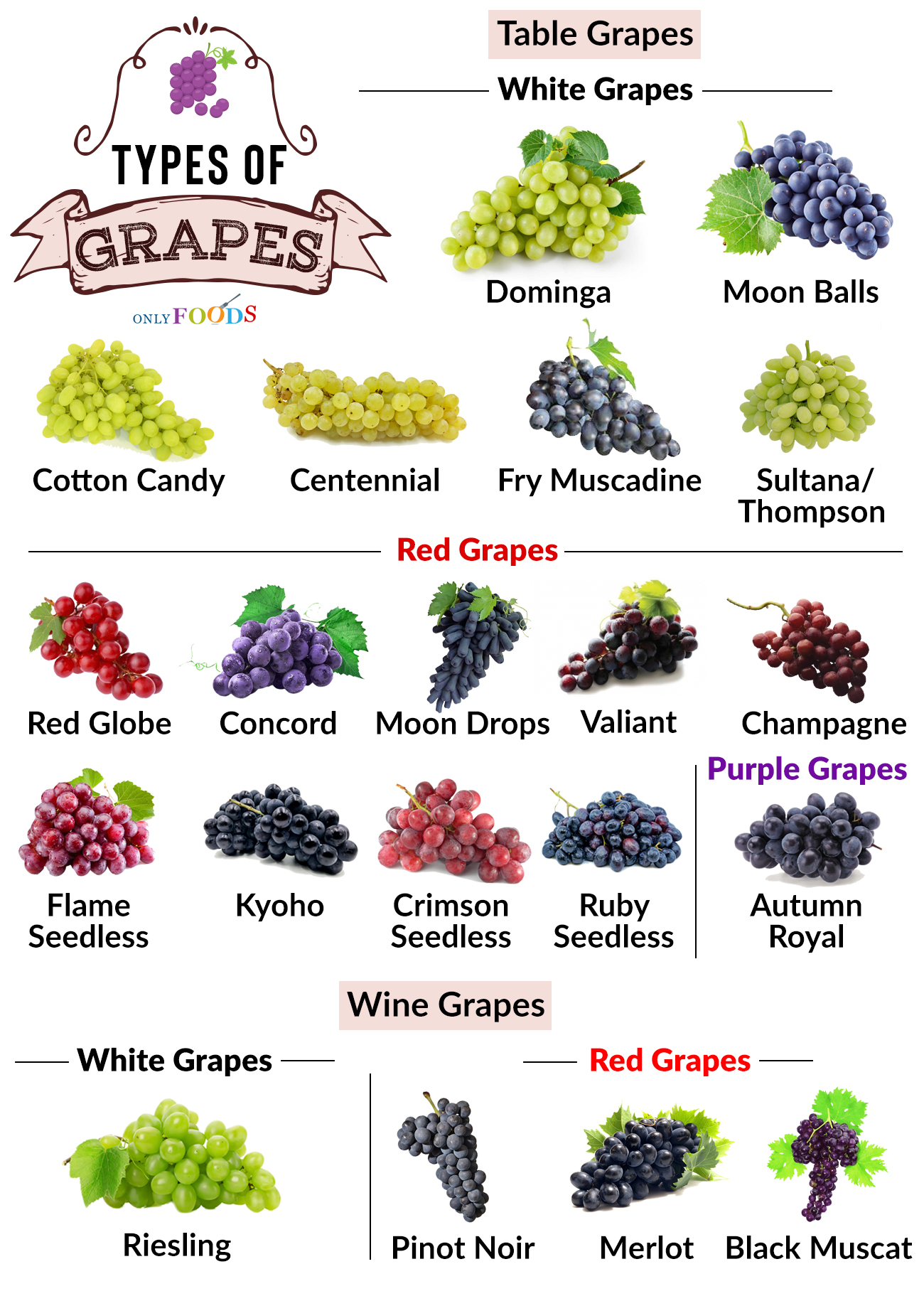
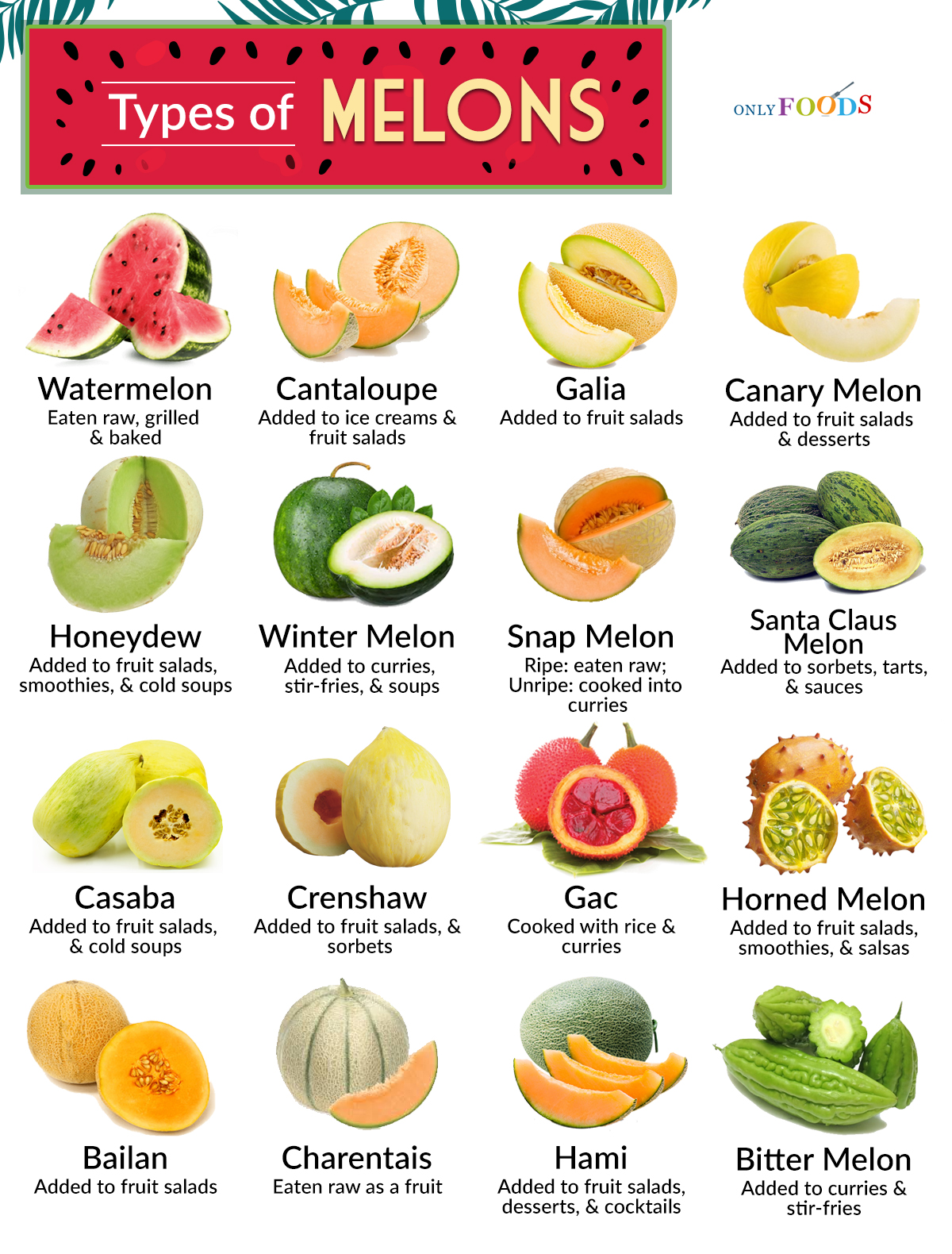
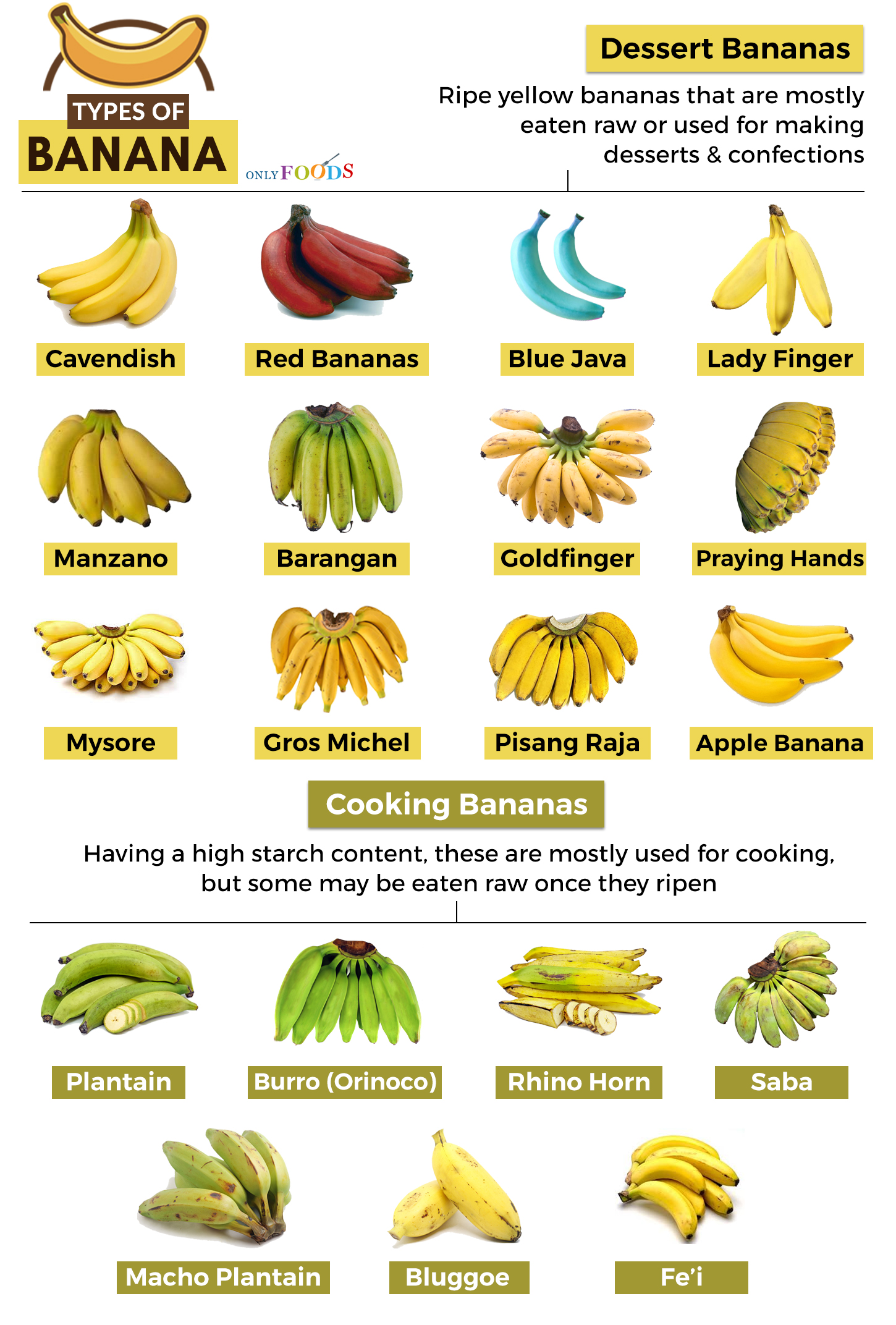
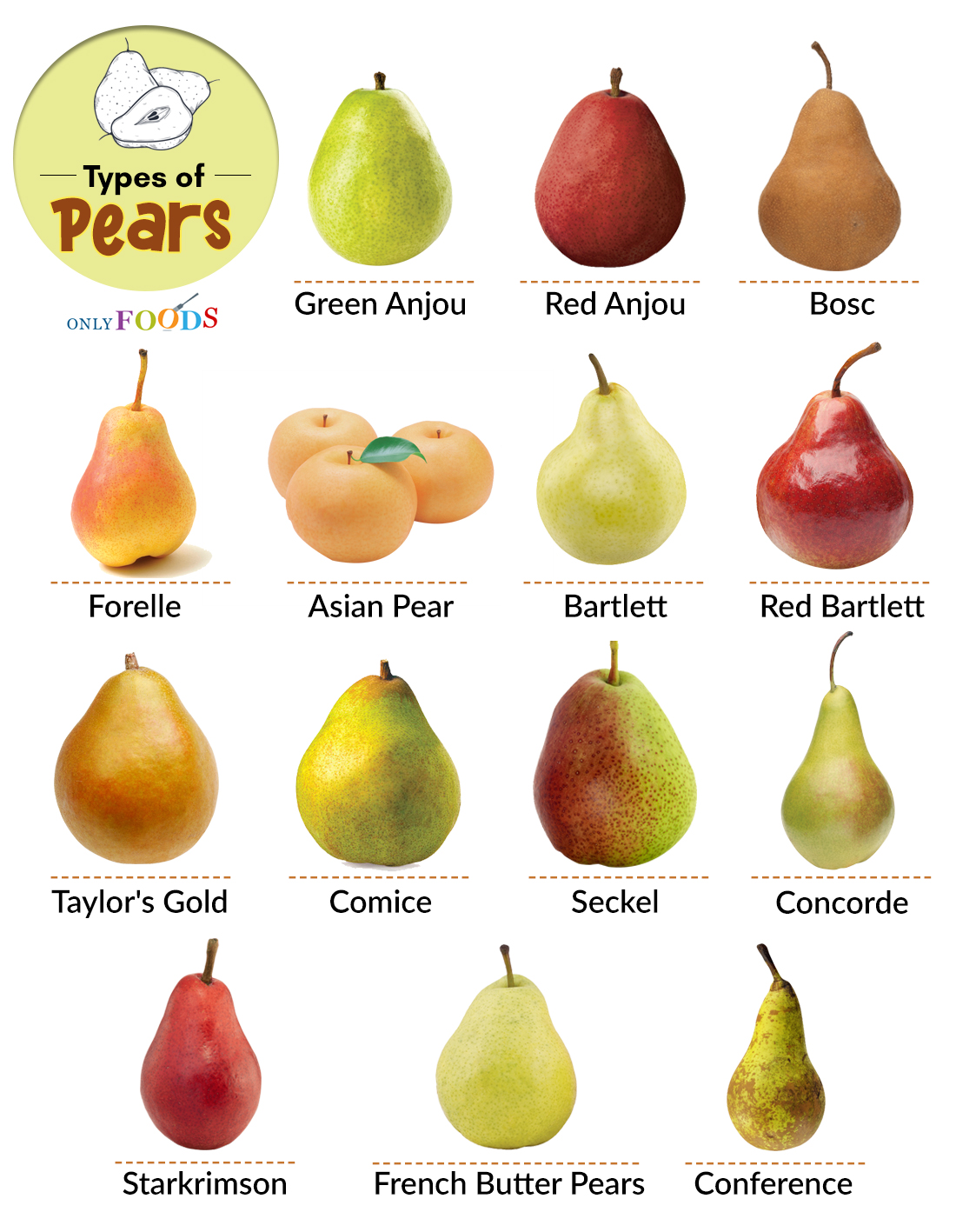
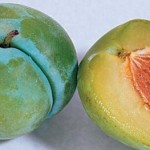
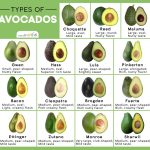
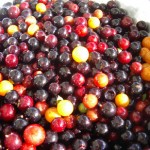
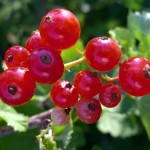
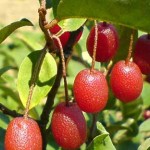
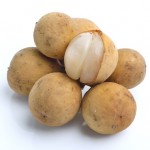
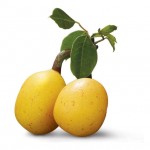
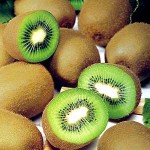
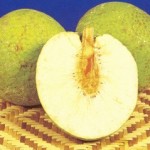

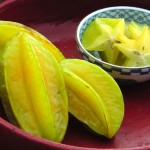
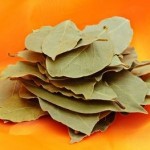
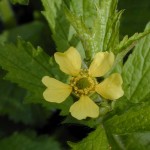
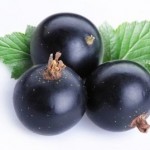
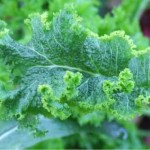
Leave a Reply